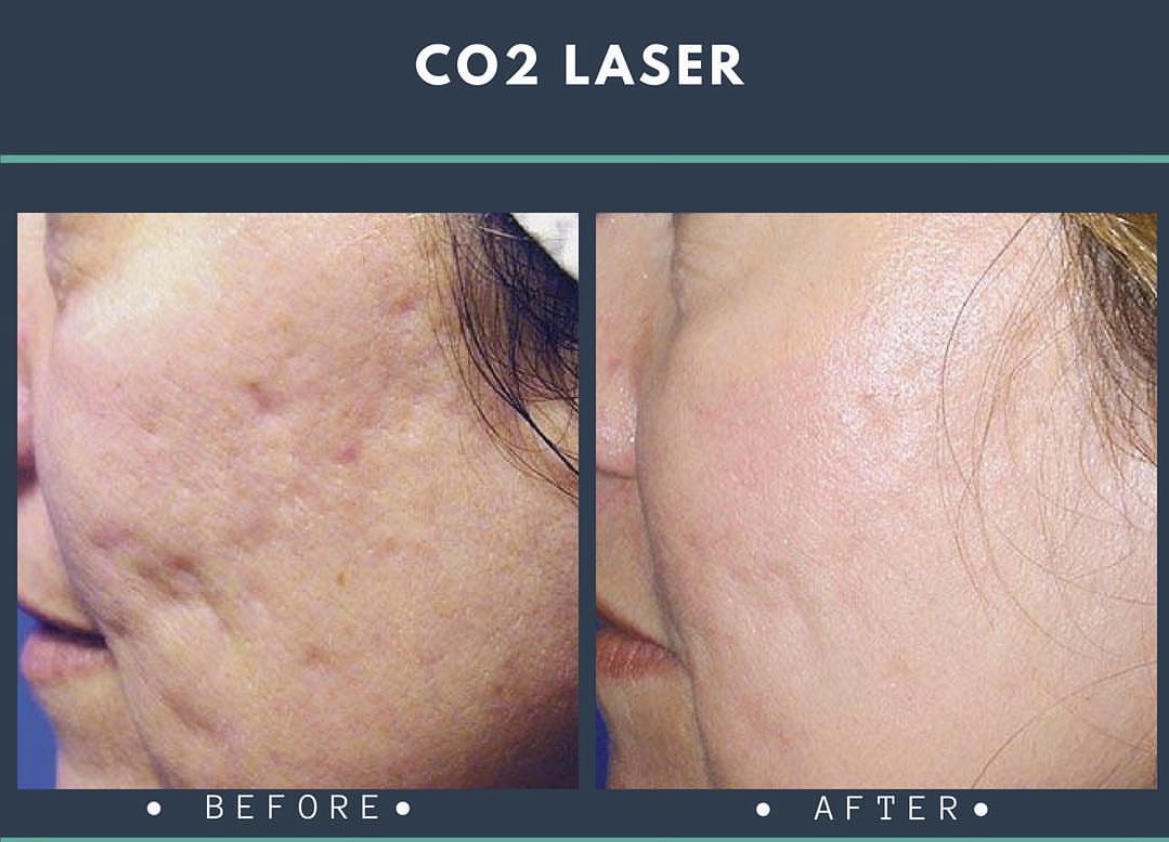The effectiveness of CO2 laser in removing dark spots
In the world of dermatology treatments, CO2 laser resurfacing has become an important option for individuals seeking to improve the appearance of their skin. This advanced technology utilizes concentrated beams of light to target various skin imperfections, including dark spots. But is CO2 laser effective at removing dark spots? Let’s dig into the details.
Learn about CO2 laser skin resurfacing
Carbon dioxide laser resurfacing is a procedure that uses a carbon dioxide laser to vaporize the outer layer of damaged skin. This technology not only addresses surface issues, but also penetrates to deeper levels to promote collagen production and tighten skin. The result is a refreshed appearance with improved texture, tone and overall skin quality.
Mechanism of action
CO2 lasers work by emitting a focused beam of light that is absorbed by the moisture in the skin cells. This absorption causes targeted cells to evaporate, effectively removing layers of skin containing dark spots and other blemishes. The precision of the laser allows for targeted treatment, minimizing damage to surrounding tissue and promoting faster healing.
Effect of treating dark spots
CO2 laser resurfacing has shown good results for dark spots that are often caused by sun exposure, aging, or hormonal changes. This procedure removes pigment cells and stimulates the growth of new, healthier skin, significantly reducing the appearance of hyperpigmentation. Many patients report significant improvement in skin tone after treatment.
Benefits beyond dark spot removal
While the main focus may be on dark spot removal, CO2 laser resurfacing offers other benefits. This treatment is effective in reducing wrinkles and scars, improving uneven skin tone, and tightening loose skin. This multifaceted approach makes it a popular choice for those seeking comprehensive skin rejuvenation.
Recovery and Aftercare
After treatment, patients may experience redness, swelling, and peeling as the skin heals. It is important to follow the aftercare instructions provided by your dermatologist to ensure optimal results. This may include using mild cleansers, using prescription ointments and avoiding sunlight. The recovery period can vary, but most people will see noticeable improvement within a few weeks.
Notes and Risks
As with any medical procedure, there are caveats and potential risks associated with carbon dioxide laser skin resurfacing. Patients should consult with a qualified dermatologist to discuss their specific skin type, medical history, and desired results. Possible side effects may include temporary redness, swelling, and in rare cases, scarring or changes in skin pigmentation.
Conclusion: A viable option for dark spot removal
In summary, CO2 laser resurfacing is indeed an effective treatment for removing dark spots and improving the overall appearance of your skin. Its ability to target specific blemishes while promoting skin rejuvenation makes it a valuable option for those seeking a more youthful complexion. As always, it’s important to consult a professional to determine the best course of action for your individual skin needs.
Final Thoughts
If you are considering CO2 laser skin resurfacing to remove dark spots, take the time to research and consult with a qualified dermatologist. Understanding the procedure, its benefits and potential risks will enable you to make informed decisions about your skin health. With the right approach, you can get the radiant skin you desire.
Post time: Sep-30-2024





